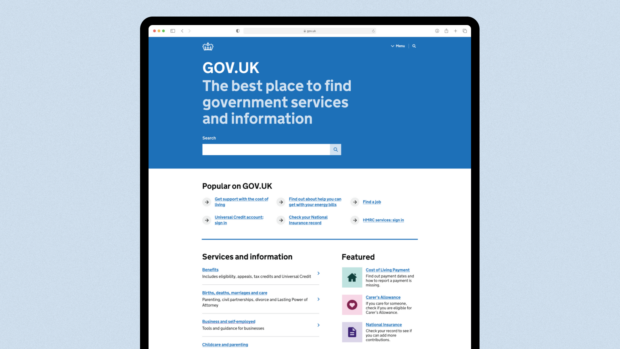Debra Maxwell, chief executive officer for customer relationship management and public sector at Arvato, looks at how big data can help local authorities bring in more revenue.
Debra Maxwell says that big data analytics can make a big difference to local government revenue – Photo credit: Arvato
Addressing the housing shortage is becoming an increasingly important priority for local authorities across the UK.
In London and other large metropolitan areas, the situation is verging on crisis point. In May 2015, the government identified that 635,000 homes in England were empty, with more than 216,000 of those being uninhabited for six months or more.
While it is imperative that these properties are identified and allocated to help bridge this expanding deficit, filling empty homes will also provide another crucial benefit for local authorities – a new revenue stream.
Related content
Local leaders must ‘grasp the nettle’ in big data analytics, says Socitm
Bringing government data to life
Finding new ways to boost the coffers is a perennial, well-documented issue for local authorities. With shrinking budgets and a rise in complex citizen enquiries precipitated by the Welfare Reform Act, councils are having to find new efficiencies to protect front-line services.
In addition to this, changes to business rate policy – which will see councils keep all revenues from business rates by 2020 – have raised the bar significantly on optimising collection processes, and finding the resource to make necessary improvements and eradicate fraud is now high priority.
Reoccupying homes and boosting the bottom line
Filling empty homes does not only take the pressure off the need for new house building, it can also boost revenues to tackle these issues both by increasing council tax collections and through incentives from Westminster.
The UK government’s new homes bonus, introduced in 2011 to help address the national housing shortage, grants local authorities the value of six years’ worth of council tax for bringing an empty property back into occupancy. As such, this has provided local government with a new revenue stream which can be reinvested into front-line citizen services.
Typically, the method councils use to tackle the issue of empty homes is to conduct personal inspections of all properties on the vacant house list.
The problem with this is that given both the size of the registers, the brevity of information provided and a lack of resource on the Council’s part, it’s a labour-intensive task that often yields few results.
A common issue is a large proportion of homes, despite being legally registered as empty, are often occupied, leading to both intentional and unintentional council tax evasion. As such, greater insight is needed to execute an inspection scheme that can effectively target vacant properties.
Big data opportunity
What councils need is a method of analysing the empty housing register to prioritise those homes that are most likely to be vacant.
It’s here where big data analytics can make a real difference. With access to key economic data and credit activity statistics, such as credit and billing histories together with rent and mortgage repayments, authorities can supplement their census and council tax records and undertake a much more in-depth analysis of each property.
By allocating a simple scoring system, a council can effectively map out which homes in their boroughs are most likely to be empty, providing the information teams on the ground need to conduct inspections that deliver results.
As an added bonus, access to this information and a more effective inspection programme can enhance the accuracy of a local authority’s vacancy record, ensuring that properties are correctly registered, minimising the risk of council tax fraud and evasion.
Filling empty homes in Sefton
This approach is one that’s been particularly successful for Sefton Metropolitan Borough Council, where together with a growing pressure to solve its own housing shortage, the empty properties were having a negative aesthetic impact on neighbourhoods and fuelling demand for new residential building on housing estates.
By using economic and credit activity data, 434 houses were classified as being highly likely to be empty, with a further 1,313 classified as reasonably likely.
Starting with those with the highest change of being occupied, the house-by-house inspections resulted in bringing 89 properties back into occupancy after only the first month of the review in September 2014.
This resulted in much-needed additional housing for the local community, reduced demand for new-home building and the generation of £87,100 per annum for six years in revenue through the New Homes Bonus – a total of £522,600 over the six-year period.
The achievements made in Sefton demonstrate the potential that overlaying big data across the vacant housing register can have for authorities across the country, whether that’s for addressing the housing shortage or to deliver a welcome boost to revenues.
As budgets shrink and with much of the low hanging fruit already picked, its initiatives such as these that can deliver the revenue local authorities need to protect front-line services.



